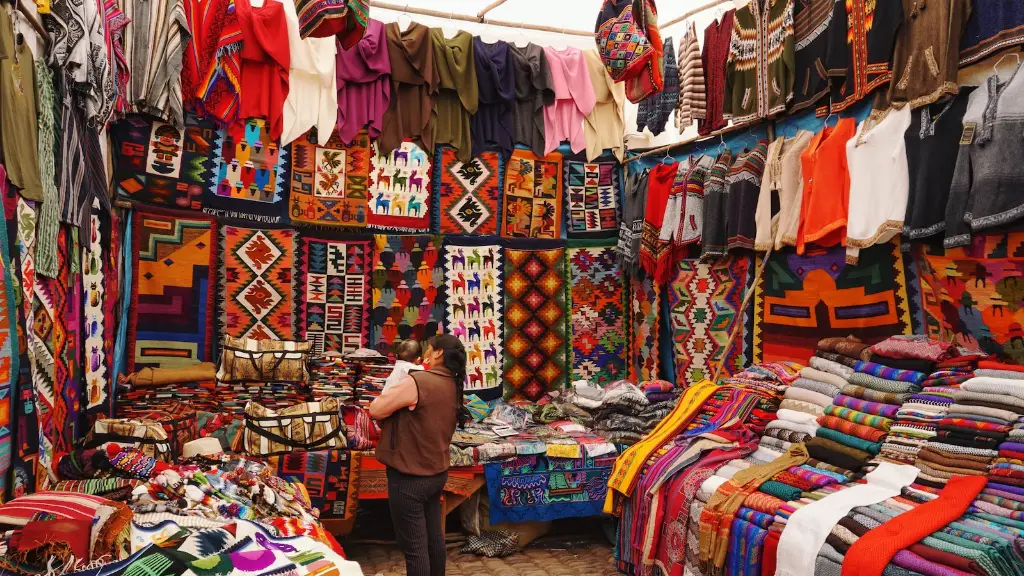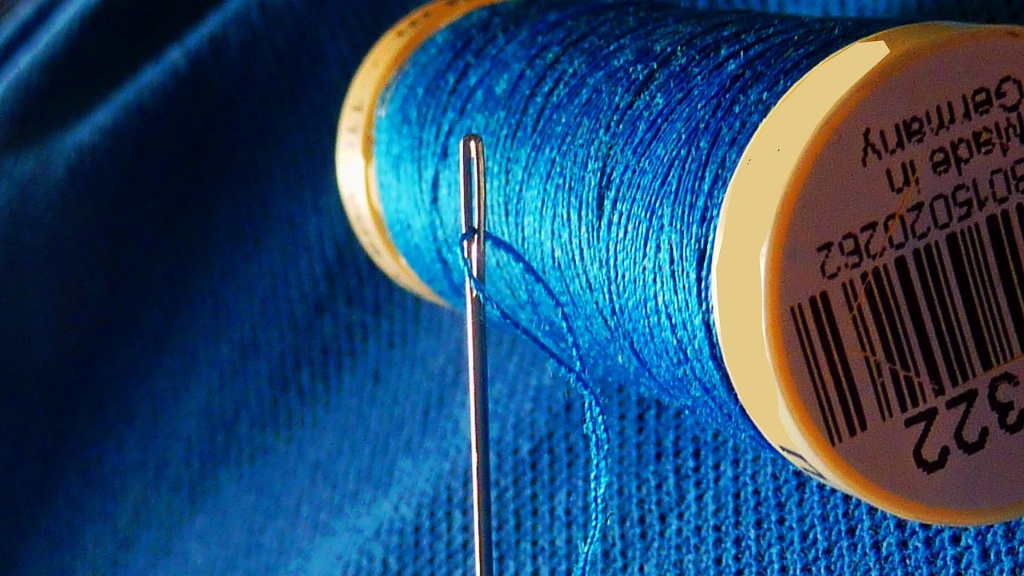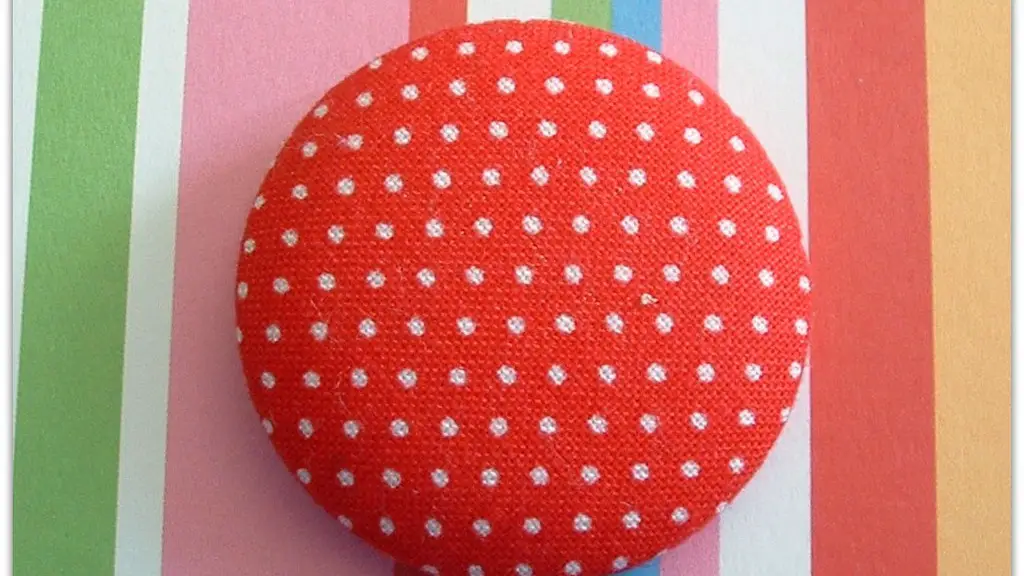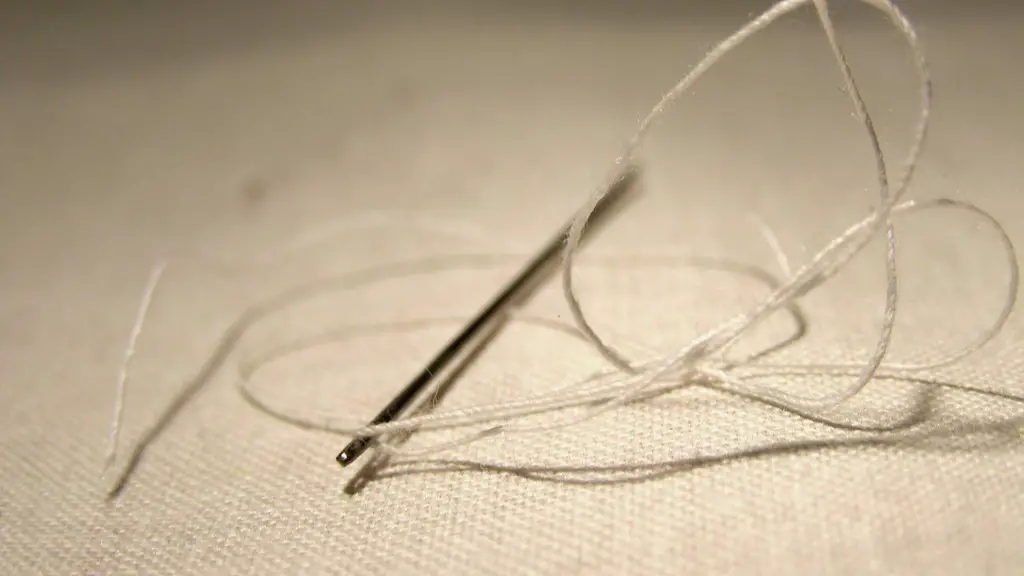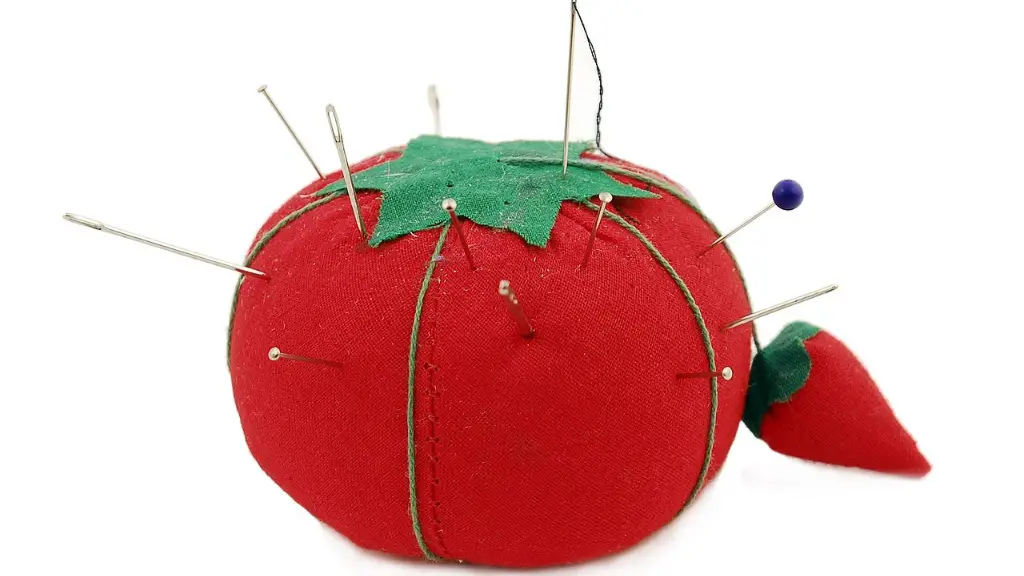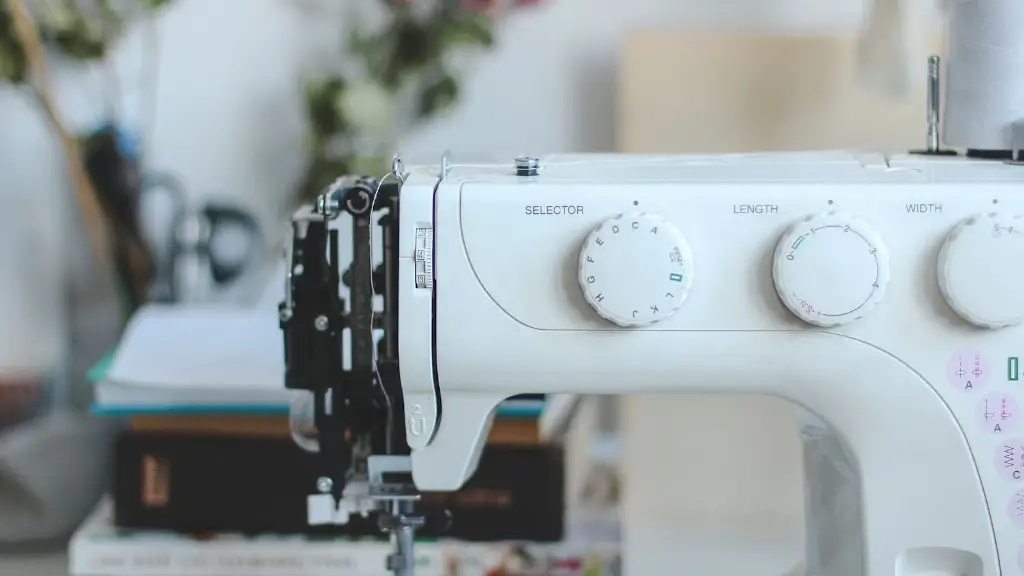Can You Sew Leather With A Normal Sewing Machine?
You’ve taken the plunge and bought yourself a sewing machine with the intent to make yourself some leather garments. You’ll soon realize that, despite having the best of intentions, most domestic sewing machines just aren’t designed to be used with leather. Sewing leather may require some specialized tools and techniques, but it is doable—and once you know how to work with these tougher materials, it can be a whole lot easier to create amazing leather pieces with beautiful results.
Leather is a strong, durable material that can be tricky to sew with a domestic machine—it’s thicker than a lot of other fabrics, and the nature of leather (being a thicker material) can put incredible strain on the motor of the machine. A clogged needle, tension problems, the fabric slipping, skipped stitches and broken threads are all common problems users can experience when sewing leather with a domestic machine.
This doesn’t mean you have to go out and buy a new, expensive industrial machine that can handle leather. There are ways you can use a regular machine to sew leather, you just have to know how to do it. It all starts by selecting the right kind of machine. To sew leather with a domestic machine, you’ll want to look for one that has a powerful enough motor to drive through thick fabric, as well as an adjustable needle presser foot, so you can accommodate the added stress.
You’ll also need a few tools to properly sew leather on a domestic machine. First, invest in a good pair of leather shears. If the leather is too thick, scissors won’t do the job and you’ll end up with ragged edges. An industrial or heavy-duty sewing machine needle is also a great investment, as these are specifically designed to handle the challenges of thicker fabrics, such as leather. Also important: A special waxed thread designed for use with leather is also essential. Waxed thread will create a tighter bond that’s much stronger than regular thread.
Once you have everything you need in order, the process of sewing leather isn’t that much different from sewing any other fabric. Start by stabilizing the fabric; you can do this by using a stabilizer spray or with a fabric adhesive. This will help decrease any shifting of the leather. When cutting the fabric, be sure to use clean, sharp shears and don’t stretch the leather as you cut it.
When you’re ready to sew, set the machine to its longest stitch length. This will help prevent the fabric from slipping and the needle from breaking (if it’s too short, the thread can’t pass through the fabric properly). You’ll also want to increase the pressure of the presser foot; this way, the fabric won’t move around while you sew. As you sew, be sure to keep the seams as tight as possible. This will ensure the thread is as secure as it can be.
Finally, before you finish your piece, make sure to test it on a scrap of leather—this will help to make sure everything is working as it should and that you haven’t made any mistakes in the process. With a bit of practice, you’ll soon be able to sew your leather garments with ease.
How To Sew With Specialty Tools?
When it comes to sewing tougher materials like leather, you can achieve an even better result with the use of specialty tools. For example, an edge skiver is a tool used to create smooth seams. An edge skiver has a flat surface that is wider than the width of the seam. As you sew the leather, the skiver will shave away parts, allowing the seam to abut smoothly when you come to the next piece of leather.
You can also use a saddle stitch. This type of stitch is incredibly strong, but it takes time and a lot of effort. The saddle stitch involves taking two lengths of thread, passing them through each hole in the leather two times and then knotting the ends together. This creates an incredibly strong stitch that won’t loosen over time.
It’s also important to use a thimble. A thimble is a protective device for your finger that will help prevent punctures and tears in the leather as you push the needle through. This can save you a lot of time and frustration in the long run.
Finally, don’t forget about the leather glue. A leather glue can be used to hold the seams down and ensure a tight, secure fit. This is especially helpful when sewing curved seams, such as collars, cuffs, and pockets.
What Kind Of Leather Should You Use?
When selecting the right leather for a project, it’s important to keep a few things in mind. Since stitching leather means attaching two layers together, it’s important to choose a leather that’s thick enough to survive the strain of being pulled through the fabric multiple times. If the leather is too thin, it will tear easily and won’t last as long.
Full-grain leather is usually the best choice for sewing projects. This type of leather is unaltered, meaning that it still contains the original “grain” patterns of the hide. It’s also denser and thicker than other types of leather, making it perfect for sewing projects. Lambskin and deerskin are also excellent choices for projects that require more flexibility, such as garments or bags.
No matter what type of leather you choose, it’s important to take the time to properly test the leather before you sew it. This will help ensure that you get the best results and make sure your project will last for years to come.
How To Properly Care For Sewed Leather?
Since leather is an organic material, it’s important to properly care for your leather garments and items in order to ensure they last as long as possible. First and foremost, it’s important to keep them clean and dry at all times. Use a damp cloth to wipe away any dirt or dust, and always avoid getting the leather wet. It’s also important to avoid exposing the leather to extreme changes in temperature or sunlight. Leather can dry out and crack if exposed to these elements for too long.
Leather should also be conditioned regularly with a quality leather conditioner. This will help keep the leather soft, supple and looking its best. Be sure to test the conditioner on a small area of the leather beforehand though, as some can discolor the material. When storing your leather projects, be sure to keep them in a cool, dry place that’s out of direct sunlight.
It’s also a good idea to use a fabric waterproofing spray. This will help resist mildew and stains, and will also help keep the leather from cracking or becoming too stiff. Finally, be sure to handle any leather items with the utmost care. This way, your projects will last for years and look beautiful for just as long.
Tips and Tricks For Sewing Leather
Sewing leather isn’t an impossible feat, but there are a few tips and tricks that you should know before you get started. The first is to always start on the wrong side of the leather—this way, if there are any mistakes, they’ll be hidden on the underside. Be sure to allow more room between your stitches and the edge of the fabric; leather is a thicker material and will require more space. Longer stitches are also a must!
It’s also important to take a few steps during the sewing process to make it easier. Start by cutting your fabric a little larger than you need and then trim it to the perfect size. This will help prevent the fabric from stretching while you sew. If you have to sew in a curved area, use lots of pins to create a secure shape and make sure the needle doesn’t slip.
Finally, before you finish, be sure to check the tension of your thread and needles. You can do this by hand, but don’t try to adjust the tension on your machine as this could result in damage to the machine. If everything looks good, you can finish off your leather project with a burnisher, which will help seal off any remaining edges.
Why It’s Worth Trying To Sew Leather
Sewing leather may require a few extra steps and tools, but it’s definitely worth the effort. Leather is a strong, durable material that can take a lot of wear and tear, so it’s perfect for garments and accessories that will be used frequently. It also looks great; leather items always have a sophisticated, timeless look that makes them stand out. And, with the right knowledge and a little practice, you can create beautiful leather garments and accessories that will last you for years.
Leatherwork is a skill that’s been around for centuries, and one that’s still immensely useful today. Whether you’re a beginner or an experienced tailor, it’s definitely worth the effort to learn how to sew leather. With the right tips, tricks and tools, you can create amazing leather pieces with beautiful results.
What To Look Out For When Buying Leather
When it comes to buying leather for a project, be sure to always check the label before purchasing. Genuine leather will usually say “top-grain” or “full-grain” on the label, while faux leather will usually say “bonded” or “split.” Checking the label will help you make sure you’re getting the right type of leather for your project.
Also, be aware of the weight of the leather. Thicker leather will be more difficult to sew with a regular machine, so it’s important to make sure you’re getting something that’s strong and will hold up over time. If the leather is too thin, it may tear easily or be more prone to wrinkling. Be sure to test the leather before committing to a project.
Finally, be sure to check the color before you buy. Different types of leather can have drastically different colors, so make sure you’re getting exactly what you want. Leather can also darken over time, so be aware of this when selecting a color.
Pros and Cons of Sewing Leather
Sewing leather offers a unique set of challenges and rewards. On the one hand, it’s a tough and durable material that is ideal for projects that require more strength and durability. On the other hand, it can be tricky to sew with a domestic machine, so it’s important to select the right machine and tools for the job. Additionally, special care must be taken to make sure the seams don’t loosen over time.
Overall, sewing leather is an excellent way to create beautiful
